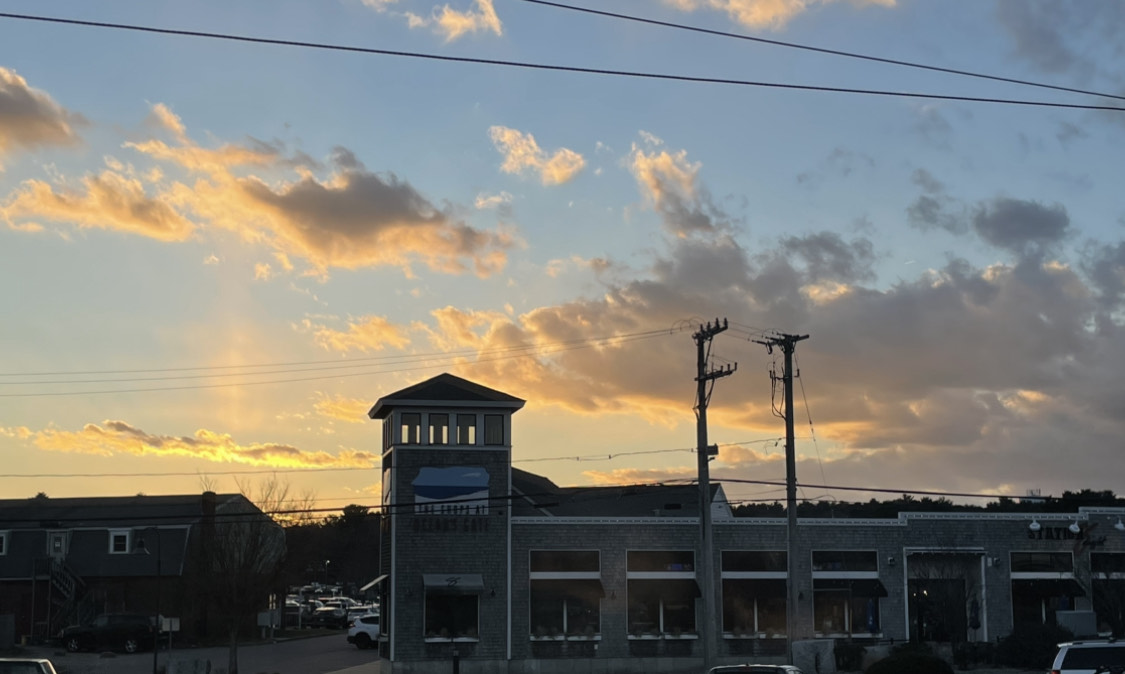With the weather changing and temperatures dropping, it’s clear that winter is moving in fast. As we continue with the school year, how can we avoid seasonal depression?
Formally referred to as SAD, seasonal affective disorder is a type of depression that happens during certain seasons of the year–most often during fall or winter. The leading theory is that shorter days and fewer hours of daylight trigger a chemical change in the brain, leading to symptoms of depression.
If you are increasingly irritated or anxious, experiencing fatigue and hopelessness, or socially withdrawn during the colder months, it’s very possible that you could be experiencing seasonal affective disorder. There are several approaches to treating depression, such as exercising, eating healthier, getting more sunlight, and talking with friends and family, but what else can you do? I spoke with SHS school psychologist Stephen Howley to learn more.
When asked if he sees seasonal depression in our community, Howley answered, “Absolutely, it’s something that you see with adults, families, and even with the students here.” He explained, “It happens at the clinical level, but with the increased amount of darkness and clocks being set back, it’s natural for all of us to generally have less energy.”
Howley advises all students to find a hobby they can do during the winter. This hobby could be playing an instrument, developing a new workout routine, spending time outside, or joining a new club: “Do something different for the winter so that when that change happens, you have something to look forward to, and it’s not just cold and dark.”
Howley explained, “Seasonal depression is real. There’s a reason why people travel south. When we know that something is real, it’s on us to prevent it and do what we can to better ourselves.”
